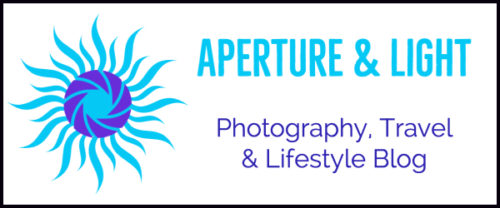For reflection photography, you don’t have to go very far. Reflections are all around you. All you need is a camera, tripod and an open eye. Let’s explore ideas for finding reflection images. Also, we’ll add in a few tip and tools that will add depth and artistry.
Finding Reflection Photography Ideas & Subjects
We’ve all seen and enjoyed the iconic mountain mirrored on crystal lakes. Many of us have them today in our portfolio. However, mirror moments are everywhere. The list below offers ideas of where you can find a few.

- Shiny objects – Chasing a new shiny object is not a bad thing if you get fun results. The back of a spoon, a chrome finish, holiday ornaments, sunglasses are all examples of where a a reflection is a snap away.
- Abstracts – You don’t always need a “mirror, mirror who’s on the wall” moment. Moving water turns trees, clouds, foliage into abstract imagery.
- Still lakes – Yes, the big lakes reflect more than mountains. From bright fluffy clouds, to foliage and rocks along the shores. Bold color and textures come alive in still waters.
- Buildings – Look up to see more than a bird or plane. Super reflections can be found on tall buildings and structures.
- Puddles – Small rain and liquid puddles grab surrounding details and turn them into works of art. When walking or driving after a rain, look down to see what’s reflecting from above.
- Window glass – Depending on the light, it may not be double vision. Instead, capture a double exposure feeling with a partial, hazy reflection as you’re seeing what’s on the other side.
- Mirrors – While obvious from a subject standpoint, the creative options are endless. Your mirror could be on a wall or placed on a table top. Create an indoor reflection project and see what happens.

Tools:
You’ll find that I always suggest a tripod to get tack sharp images. The other tools I use quite a bit are neutral density and gradual neutral density filters. The neutral density is used when I want to slow down the light and the water. The gradual density is for situations where I need to balance the light. An example would be a very bright sky and darker foreground.

Reflection Photography Tips:
Which aperture setting for reflections? If you’re looking for big depths of field from the front to the background, a larger f/stop such as f/16 is a good starting point. If you’re looking to zone in on an isolated subject, try starting with an f/9 or shallower depth of field.
What about shutter speed? Faster shutter speeds stop (1/50th second and faster) movement for sharper, crisp reflections. Slower shutter speeds soften water for dreamy, smooth impact. The fireworks image used a shutter speed of 6.2 seconds.
Seize the moment! Our featured crazy-cloud image was taken on a very still morning. Two hours later, winds arrived and they were gone. When you see something that inspires you, stop and shoot.
What’s next? It’s time to find your mirrored moment. Explore your pathway with an open eye to the possibilities that reside inside and out.
Related topics:

